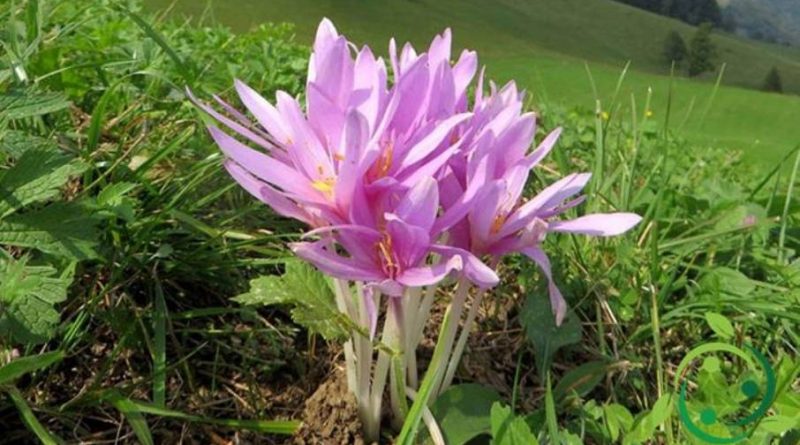Cultivation and properties of the autumn Colchico
Cultivation and properties of the autumn Colchico
The autumn colchicum (Colchicum autumnale L., 1753) or false saffron, is a small autumnal, bulbous species of poisonous, poisonous, with showy pink-violet flowers of the Colchicaceae family. It is a plant with a bulb of about 5 cm from which, in spring, large fleshy leaves develop which are 20-30 cm long, lanceolate and light green in color, which in the summer completely dry and then reappear in the following spring . In this sheet we will see cultivation and properties of the autumn Colchico and the toxicological aspects related to this plant.
The autumn colchic is a plant that favors sunny or semi-shaded places and does not fear cold temperatures and harsh temperatures. The plant adapts to any type of soil even if it is better to choose, if possible, those slightly acidic, rich in organic substance, soft, deep and well drained.
As for irrigation, being a bulbous, it resists drought well and is generally satisfied with the rains; if instead the plant is cultivated in pot it should be watered only when the soil is completely dry.
The fertilization must always be done before the vegetative awakening, when the leaves are present, by administering at the base of the bulbs of the colchic of organic fertilizer or compost for flowering plants.
The propagation of this plant is by division of the bulbs. In autumn, after the flowering, the bulbils are separated from the mother bulb and are buried, in groups, in deep holes twice their width, always with the apex pointing upwards. In the case of cultivation in pots the repotting is carried out every year as the bulbs of the colchicus, reproducing and swelling, tend to occupy all the available space.
Colchico autumn is a plant quite resistant to adversity but tolerates badly humidity and stagnations that can cause fusariosis.
Recall that all parts of the colchic are toxic due to the presence of colchicine, an alkaloid, which if swallowed, causes nausea, vomiting and increased heart beats that in severe cases can be fatal.
Colchicine is in fact a highly toxic alkaloid contained mainly in the seeds of the plant, but also in the bulb. If ingested causes burning in the mouth, nausea, colic, bloody diarrhea, delirium and, as mentioned, can lead to death. In some cases the only manipulation of the flower can cause damage to the skin. This substance is also called “plant arsenic”. In addition to colchcine these plants contain: colchicoside, various fats, gums, resins, tannin, oil and gallic acid. Because of its danger it is a “plant not admitted” by the Ministry of Health in the preparation of food supplements.
Colchicum autumnale has healing properties, so much so that these plants are used both by popular and modern medicine for their anticancer, analgesic, antipyretic, antigout, emetic and other properties. In ancient times it was believed that the juice of the flower bulb, mixed with saltpetre, was useful for treating arthritis and gout. The plant was also used in alchemical practices, as it was believed that it could help reach the ether. The parts used are the seeds and the tubers with which you can make fluid extracts or dyes. From the beginning of the seventeenth century, the plant is registered with the English pharmacopoeia.

